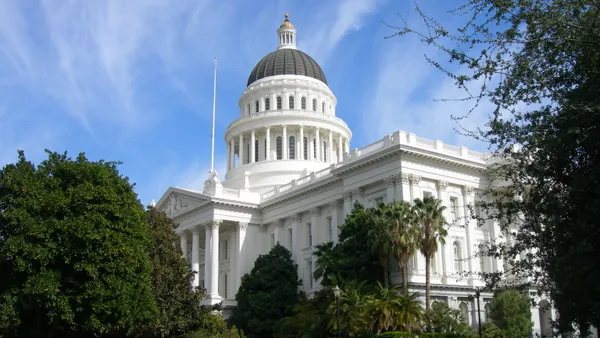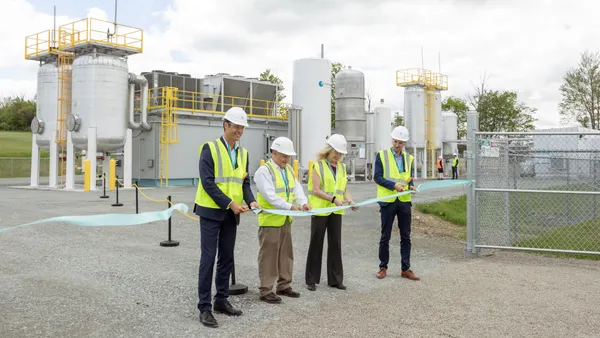Dive Brief:
- Honolulu Mayor Kirk Caldwell opposes opening a new landfill anywhere on the Hawaiian island of Oahu, as reported by Hawaii News Now. Caldwell's opposition comes after the city government released a report that identified possible alternative sites to the already-existing Waimanalo Gulch Sanitary Landfill (WGSL).
- The new report, prepared by R.M. Towill Corporation, showed five potential sites which could support a new landfill. However, Caldwell said he wants to continue diverting waste from the landfill and explore ways to re-use the ash that's generated from the H-POWER waste-to-energy facility.
- If a cell is re-allocated, the WGSL is projected to reach capacity by 2039 at the latest. Without that re-allocation, the WGSL is projected to reach capacity by 2031.
Dive Insight:
Most MSW generated on Oahu is sent to H-POWER, which is operated by Covanta. The plant has a daily capacity of 3,000 tons and generates up to 90 megawatts of electricity. Under Honolulu's current agreement with Covanta the city must send at least 800,000 tons of material there per year. As a result, most of the material going to the WGSL is residual ash from this facility.
While Honolulu is considering new landfill sites, the city is also grappling with potential changes to its recycling program. A recent report showed that the city could save millions of dollars by sending recyclables to H-POWER. Because of the city's island location, it currently exports all recyclable material and has been more affected by the decreasing value of some scrap commodities.
The City and County of Honolulu Department of Environmental Services generally agreed with the recommendations from the report that recycling in the city should be modified in favoring of sending more material to WTE. Though an official in the refuse division also told Waste Dive that any such change would require local and state approval.
Hawaii, isolated in the Pacific Ocean, obviously faces challenges with landfill capacity. Caldwell has also said he wants to avoid any new facilities, especially on the western side of Oahu, due to environmental justice concerns. As global recycling markets shift, local officials will likely have to make difficult decisions between filling up limited airspace or sending more material to be incinerated.










